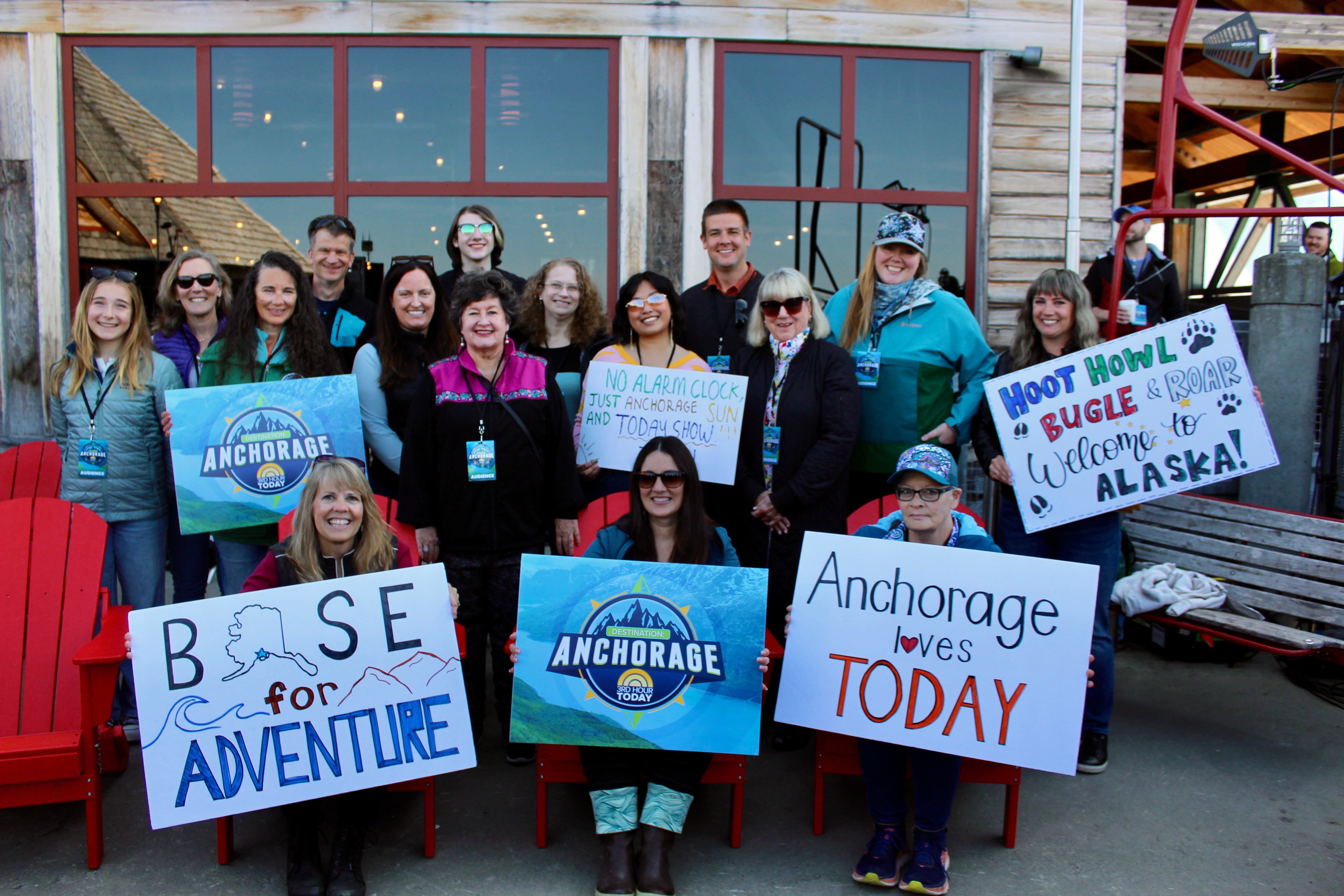Master the art of the interview with media training

How to do it and why you need it
Whether you are the communications lead at your workplace, part of the C-suite or an employee whose goal is to hide behind the computer and steer clear of public speaking at all costs, it’s important to understand how the media works, and how and when it’s appropriate to engage.At Thompson & Co. Public Relations, we’ve developed a variety of media training programs to fit any organization’s needs. We offer everything from multi-day drills to half-day seminars, and crisis communications training to best practices for proactive media outreach.Our goal is to arm you with the tools to make sure your interview leaves a lasting impression with readers or viewers in a good way. Here are a few of our tips and tricks to help prepare you for your next on-screen, on-air or even print interview.
What to do in an interview:
• Be professional and remember that you are representing your business as well as yourself.• Be pleasant and positive. A smile goes a long way.• Respond to questions in a clear and concise manner. If you are asked a “yes” or “no” question, put your answer into context or elaborate.• Phrase your responses as headlines or easily quotable remarks without too much detail. Follow up with more detail only if the reporter specifically requests it. Try to remember that less is more.• Don’t be afraid to clarify any slip-ups or statements said in error. You have every right to start your answer over if the interview is pre-recorded. Reporters are used to this and it is ok to ask.• Take the high road when it comes your competition. Never attack other organizations, people or competitors.• Share your personal experiences when answering interview questions. It is one of the strongest and most credible forms of evidence.• Dress professionally and avoid loud patterns or anything that would be distracting to viewers.• Speak plainly and try not to use industry jargon. The end reader or viewer will likely not understand it, even if the reporter does.
What not to do in an interview:
• Do not ask the reporter to kill a story because it won’t happen.• Do not tell a reporter what is and is not newsworthy.• Do not attempt to cover up a mistake or mislead the media; the truth will come out one way or another.• Do not make statements "off the record." Assume that anything said to a reporter can be used.• Do not be long winded. Succinct sound bites control your message.• Do not play favorites among reporters.• Do not complain about minor errors once the story is posted.• Do not complain if your story is never used. There is no guarantee that an interview will always result in a story, but most of the time your efforts will pay off.• Do not waste a reporter’s time, whether it’s by being late or by not having the facts of a story ready to discuss.• Do not fidget or make nervous movements while on camera. Stage fright can be interpreted as dishonesty or an attempt to hide something.• Do not use phrases like "no comment." This is almost invariably reported as a refusal to make a statement and makes your organization seem guilty or uncooperative.• Do not speculate, hypothesize or agree with a reporter who does so. It is better to not know an answer than accidentally tell a lie.• Do not comment on what others have said, particularly if you haven’t seen or heard it, and never verify something that might not be true.We hope this will help you feel better prepared for your next media interview. If you’re interested in diving deeper into best practices for media relations, contact our team to schedule a one-one-one or group media training session.By Megan O’Malley







